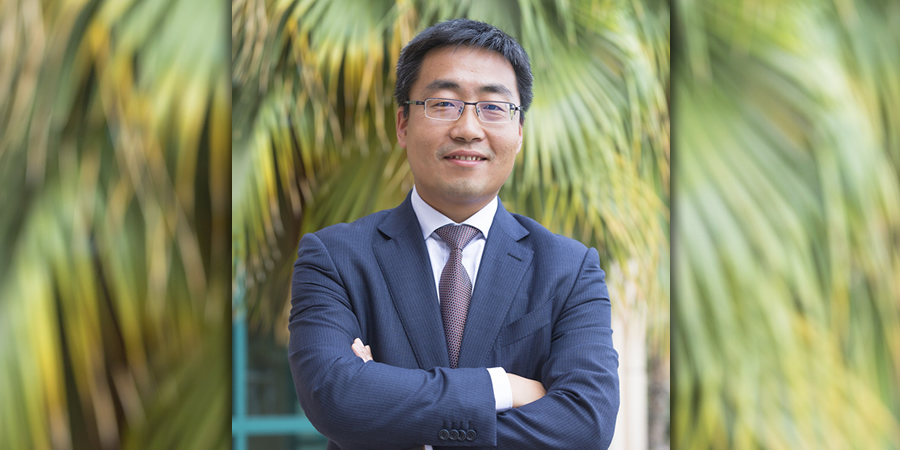By An Jian, president of Carrier Networks Business Group, Huawei Middle East
More robust policymaking and cross-sector, cross-border collaboration will help make 5G a reality - yet there is still work to be done.
As we near the end of 2019, it’s an appropriate time to both reflect on the extraordinary advancements of the last decade, while also looking to what lays ahead in 2020 and beyond.
One of the most remarkable transformations of this entire decade was the launch of 4G mobile broadband followed by the even faster rollout of 5G connectivity. It is hard to overestimate the significance of this extraordinary technology transformation - for our global society and our local economies. Even more astounding is the pace at which this connected infrastructure is advancing today.
For example, in less than one year after standards were frozen for 5G, these networks have already seen commercial deployment in the Middle East and abroad. This cycle was much faster than in the 4G era. We predict more than 60 5G-enabled networks will be launched by the end of the year. Moreover, in our Global Industry Vision (GIV) report, we take a long-term prediction that nearly 60% of the world’s population will have access to 5G by the end of 2025.
One of the definitive drivers of this 5G era is the supercharging of the user experience. This includes new services like 5G-powered cloud AR and cloud VR, live 360º HD sports broadcasting, telemedicine, the introduction of remote control and so much more. From entertainment to manufacturing, 5G applications are already here. As a result, in some markets we have seen user data consumption among early 5G adopters increasing by a factor of three.
However, 5G is not just faster 4G. 5G is a revolutionary technology, and we need to think about it in a different way. It plays a completely different role in our lives. As a result, those of us in the ICT industry need to have a fresh mindset to drive its future development.
At the heart of this mindset is an acknowledgment that we’ve made great progress on 5G. Yet, there is still more work to be done to make the most of 5G’s enormous potential. There are still real challenges that lie ahead in terms of spectrum, site resources and cross-sector collaboration.
With regard to spectrum resources, there is still the barrier of cost and availability. It is thus essential that governments can provide more spectrum to telecom service providers and consider more flexible pricing models for that use. This will reduce the CAPEX burden on carriers as they roll out their 5G networks. Saudi Arabia is a good example. The government has cut the spectrum cost drastically. In return, they raised requirements for telecom service providers in terms of user experience and coverage. It’s a win-win situation.
In terms of 5G site deployment, there are still lots of difficulties in limited footprint or load and high OPEX. An advanced sites solution which has lean space and better performance - such as massive MIMO, 3D beamforming and so on - will enable rapid 5G deployment and guarantee the best coverage and capacity, consequently protecting telecom operators’ investments.
Equally as important as spectrum and site resources is cross-sector collaboration. We must remember that, in addition to people and households, 5G will support applications for industry. We are pleased to see that, through fruitful explorations, 5G-enabled services such as 2B dedicated access, virtual campus network and CCTV backhaul are already launched in Middle East. Meanwhile, we still have some challenges in terms of vertical industry knowledge, use cases and business case development. 3GPP Release 16 will be completed at the end of Q2 next year. With this standard, we can solve these challenges through more active cross-sector innovation, then deliver better experience and performance to the vertical industry.
Lastly, this requires a new kind of joint-innovation model. That means collaboration between upstream and downstream partners, incubating best practices in industry applications and promoting the sustainable development of 5G-enabled services. By introducing such concepts in the Middle East, we can provide all kinds of organizations with a real 5G network environment in which they can innovate and verify new applications. Through new alliances and labs dedicated to this cooperation, we can ultimately create more reliable, predictable environments for 5G industry applications to grow.









